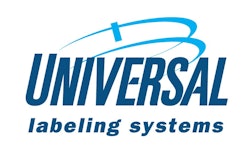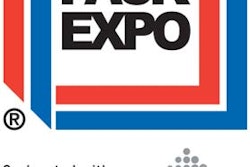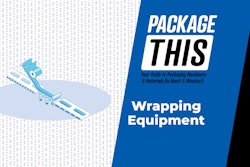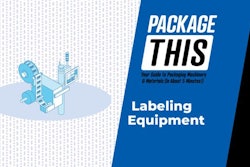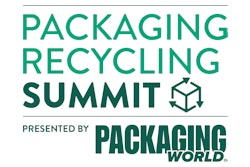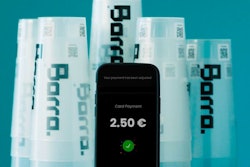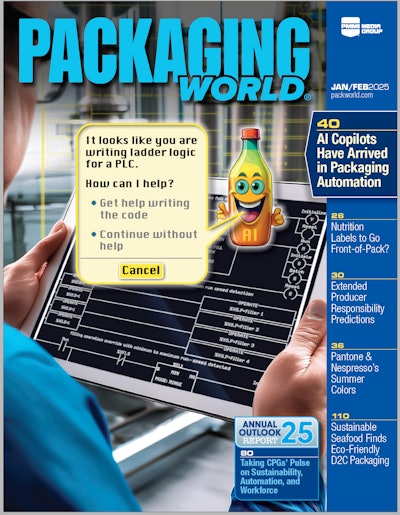Retailers, for their part, have begun to understand the marketing wallop of packaging.
In today’s ever-changing marketplace, all three of these interest areas directly or indirectly impact the business of contract packaging. If the product that the contract packager fills or packages fails to meet to expectations of any of these three demanding groups, sales suffer and the contract packager may loose future business.
Increasingly, one of those expectations, where contract packagers are concerned, is delivering different packaging formats of the same product to different customers—faster. The Grocery Manufacturers Association, for example, forecasts that order-to-delivery cycle time will decrease to 3.1 days in 2007, compared with 3.6 days in 2005. As recently as 2002, the cycle spanned 5.2 days.
It is here that contract packagers can prove invaluable to what occurs on the store shelf, says Scott Ellis, founding partner of consultancy P-Squared USA. But lean operations are critical to success, he emphasized at the Contract Packaging Association’s recent annual meeting.
Lean companies share two characteristics, Ellis says. First, they have highly standardized, yet highly flexible, work processes. Second, they achieve brilliant results from average people managing brilliant processes. The expectation is that everyone improves the process daily.
These traits are hallmarks of the best of the best in the auto industry, whose operating lines share some similarities with contract packagers. Toyota Motor Corp., with its ultra-lean operations, in 2005 was the world’s most profitable car maker—it earned an average of $2ꯠ for every vehicle it produced—far more than for every vehicle that rolled off the assembly lines at either General Motors Corp. or Ford Motor Co., Ellis says.
Ellis offers the following ideas for becoming a lean operation:
1. Initiate a holistic review of your operations. Are they running at peak efficiency to eliminate waste?
2. Standardize quality at the source.
3. Segment your operations into what’s creating revenue versus what’s creating waste. Ellis offers two thoughts that could be worked into any plan to make a packaging plant leaner. First, 35% of the floor space in a typical manufacturing plant is waste. Second, 90% of the time or more, product sits idle on the plant floor. When that occurs, product equals waste.
It’s all about solving your customer’s problems. When you become a problem-solver, you become irreplaceable. Want to learn more about becoming lean? Contact Ellis at 425/985-8508 or [email protected]. [CP]
Give me a call at 630/897-7158 or e-mail me at [email protected]. My fax number is 630/896-0214. And please feel free to pass along news items or story ideas to me.






